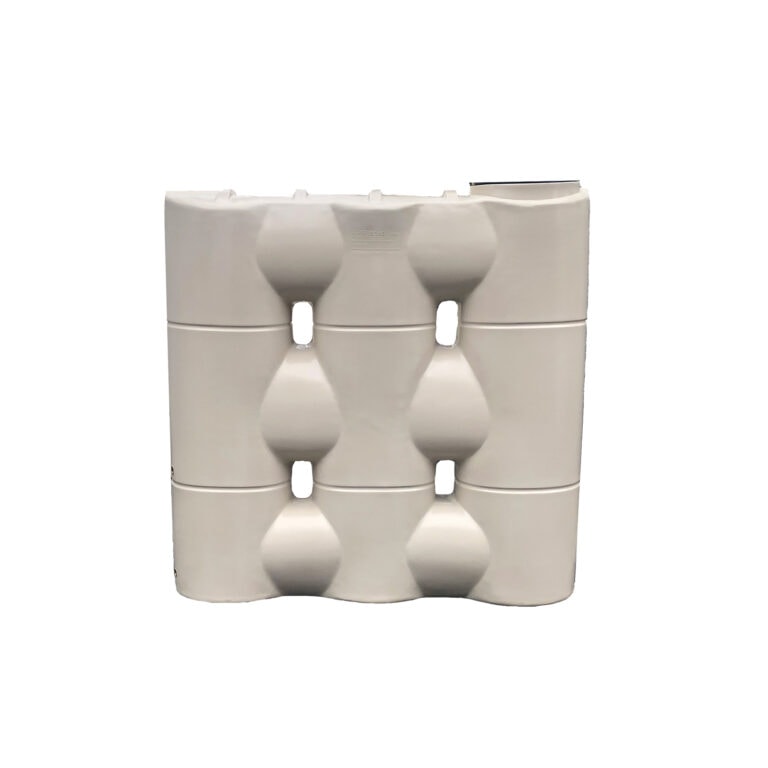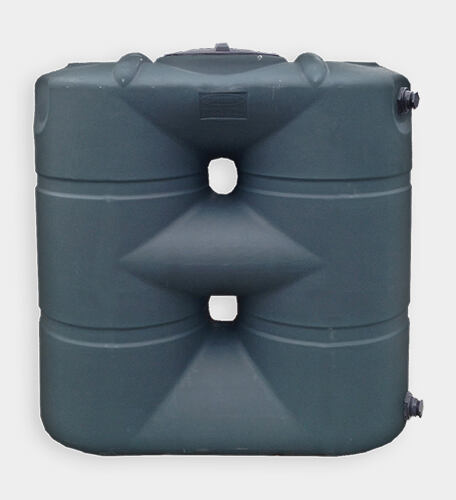Slimline Water Tanks: Elegant and Practical for Modern Houses
Slimline Water Tanks: Elegant and Practical for Modern Houses
Blog Article
Discovering the Different Usages of Rain Containers for Residential and Commercial Features
As the global emphasis on sustainable living methods continues to intensify, the usage of rain storage tanks in both residential and industrial setups has actually emerged as a pertinent remedy. The multifaceted uses of rain containers provide an engaging instance for their adoption, not just as a functional water-saving measure yet also as a testimony to liable source administration.
Advantages of Making Use Of Rainwater Tanks
Utilizing rainwater storage tanks supplies numerous benefits for both families and communities in regards to water preservation and sustainability. One of the essential advantages of utilizing rainwater tanks is the substantial decrease in reliance on mains water - Slimline water tanks. By recording and storing rainwater for later usage, individuals and areas can decrease their need for treated water, eventually easing the concern on water treatment facilities and decreasing energy consumption connected with water transport and therapy
In addition, rain harvesting with storage tanks offers a dependable alternate water resource during times of water limitations or shortages. This saved rainwater can be utilized for different non-potable purposes such as irrigation, flushing bathrooms, and washing clothes, minimizing the strain on typical water sources. Additionally, using rain storage tanks can result in cost financial savings for both households and communities by decreasing water bills and decreasing the need for expensive facilities growths to meet growing water demands.
Fundamentally, the usage of rain storage tanks supplies a lasting and eco-friendly technique to water management, benefiting both individual customers and the broader community in terms of water conservation, cost-efficiency, and resilience.
Rain Tank Use in Irrigation
Provided the benefits of rainwater tanks in saving water sources and minimizing reliance on mains water supply, a considerable application exists in using kept rainwater for irrigation functions - Slimline water tanks. Rainwater gathering systems can successfully gather and store rainwater, giving a sustainable water source for watering gardens, grass, and agricultural areas. By using rainwater for irrigation, homeowner can minimize their dependence on treated water sources, resulting in cost savings and ecological advantages

One of the key advantages of using rainwater for irrigation is its pureness. Rainwater is naturally soft and complimentary from the chemicals and additives commonly located in mains water, making it ideal for nourishing plants without the danger of hazardous impacts. Additionally, rain is at ambient temperature, which can profit plant development by preventing temperature shocks that can take place with browse around this site cold mains water.
Rainwater Containers for Commode Flushing

Implementing rainwater containers for toilet flushing is a cost-efficient and ecologically pleasant method that can be conveniently integrated right into both household and business properties. The saved rain can be used to flush toilets by linking the tank to the existing plumbing system. This easy yet efficient service can considerably decrease water intake in a building, particularly in locations where water shortage is a problem.

Including Rain Tanks in Landscaping
A reliable strategy for boosting sustainability in landscaping entails integrating rainwater containers to optimize water use and promote eco-friendly techniques - Slimline water tanks. Incorporating rain storage tanks in landscaping offers various benefits for both domestic and business properties. These storage tanks can capture and store rainwater overflow from roofings, which can then be used for sprinkling yards, grass, and plants. By utilizing rain for watering objectives, homeowner can reduce their dependence on local water resources, causing set you back savings and conservation of priceless water resources.
In enhancement to giving a lasting water source for wikipedia reference landscape design requirements, rainwater storage tanks can also help in taking care of stormwater overflow. By capturing rain that would certainly otherwise stream into tornado drains, these storage tanks can alleviate erosion, reduce flooding risks, and avoid contamination of natural water bodies. In addition, incorporating rain containers in landscaping can add to the total visual charm of the residential property, showcasing a commitment to ecological stewardship.
Commercial Applications of Rain Tanks
Using rainwater tanks in commercial setups uses a sustainable remedy for water management and preservation, profiting services and the atmosphere alike. Industrial applications of rainwater containers are diverse and increasingly popular as a result of the cost savings and environmental benefits they give. One key commercial usage is for watering purposes, where gathered rainwater can be used to water landscaping, gardens, and agricultural areas bordering commercial properties. This can result in considerable reductions in water bills and dependence on community water resources.
In addition, rainwater gathered in tanks can be treated and used for non-potable purposes within commercial properties, such as flushing toilets, cleaning, and cooling down systems. In general, the consolidation of rainwater containers in industrial setups offers a useful and environmentally liable approach to water administration.
Conclusion
From watering to toilet flushing and landscaping, the use of rainwater storage tanks can assist preserve water sources and lower water costs. Overall, the convenience and sustainability of rain tanks make them an important investment for any residential or commercial property owner looking to increase water performance.
Report this page